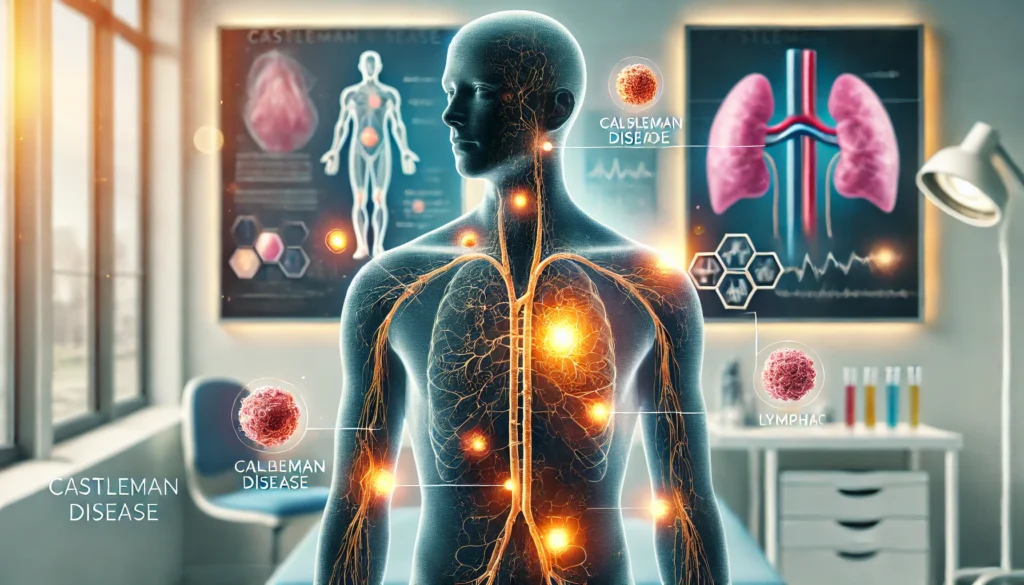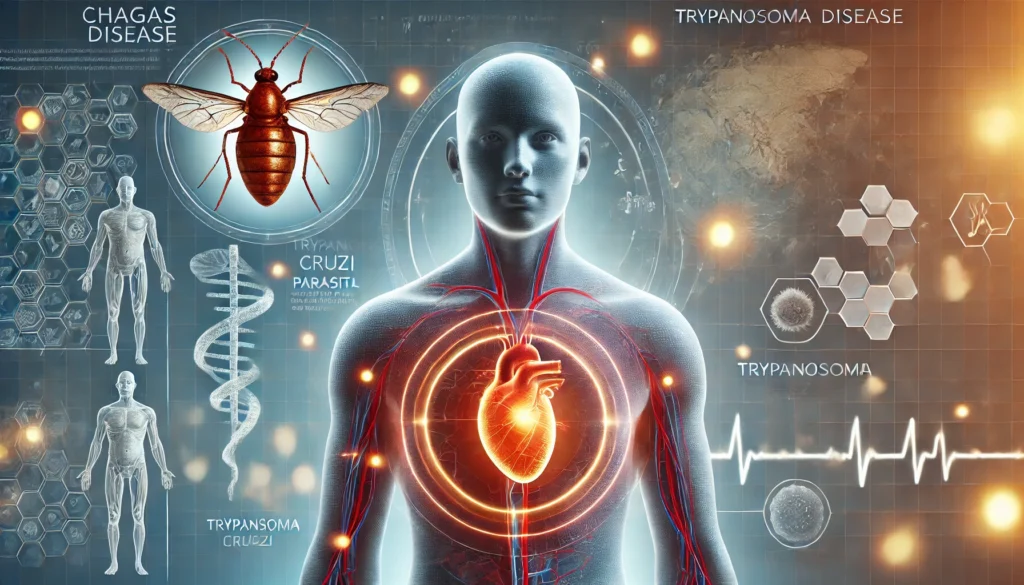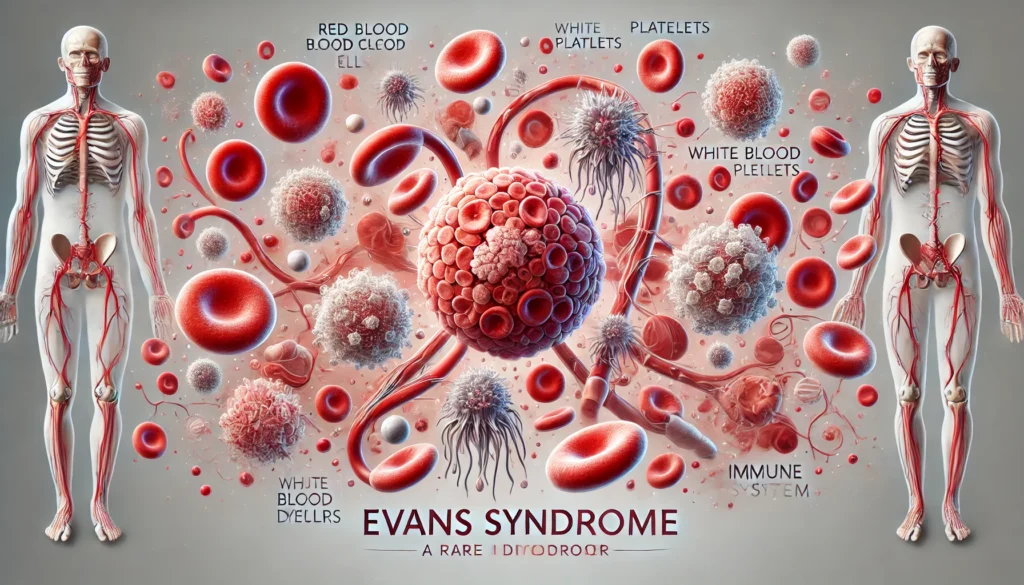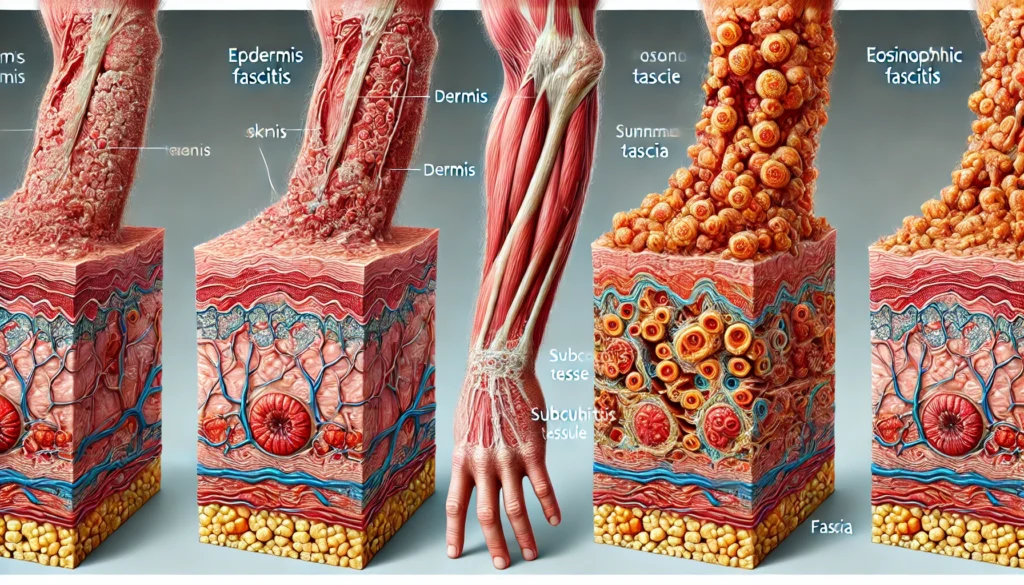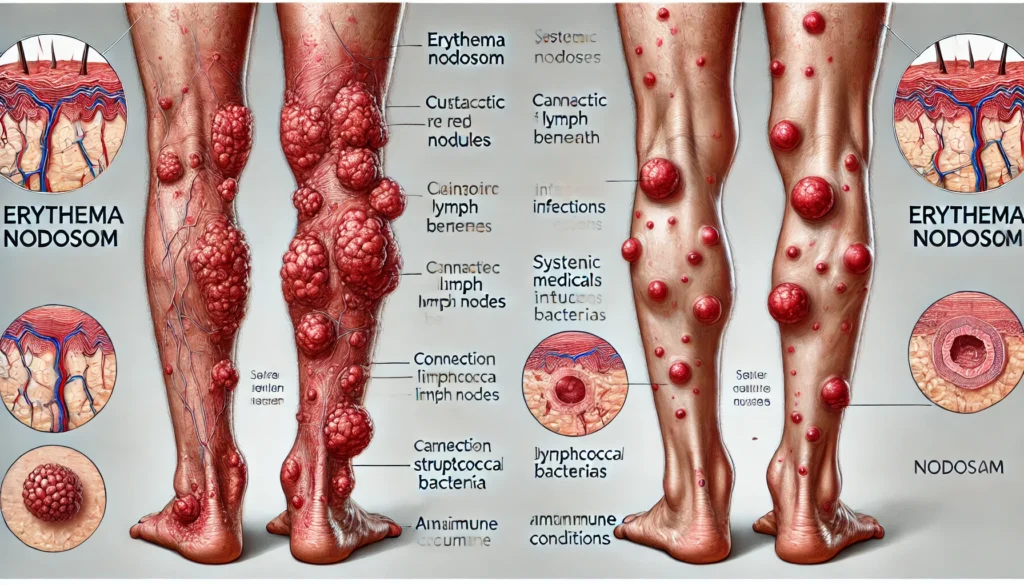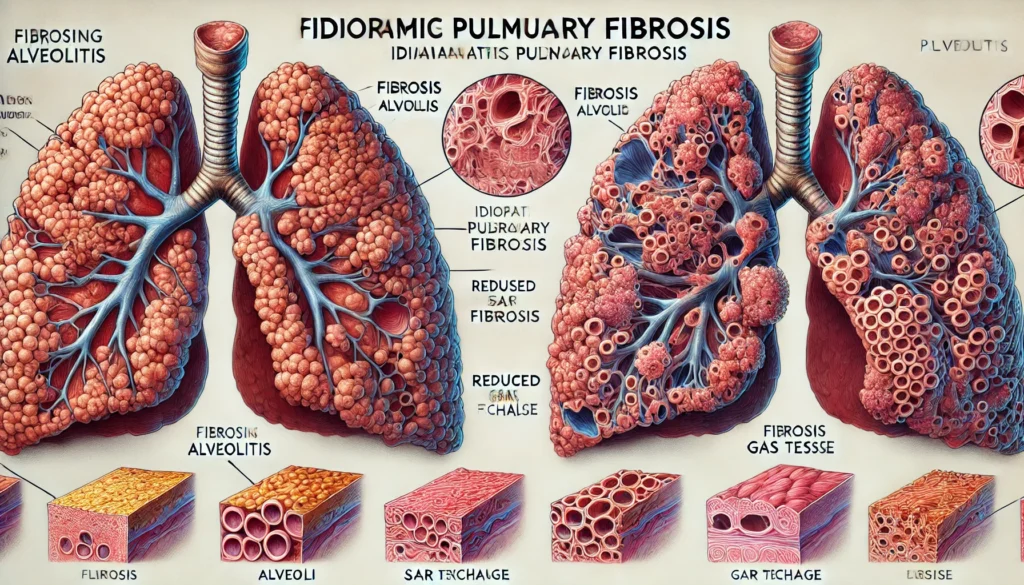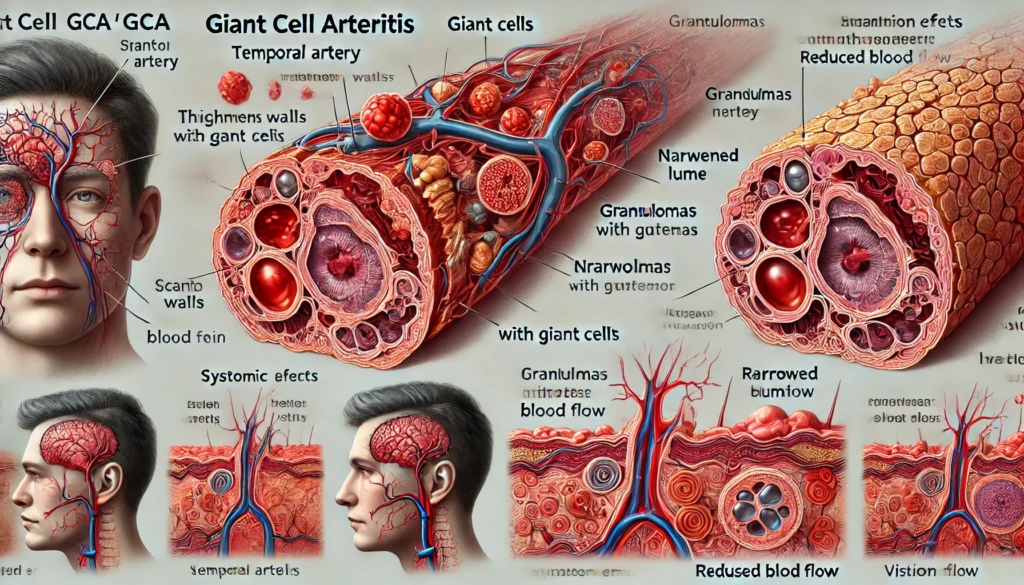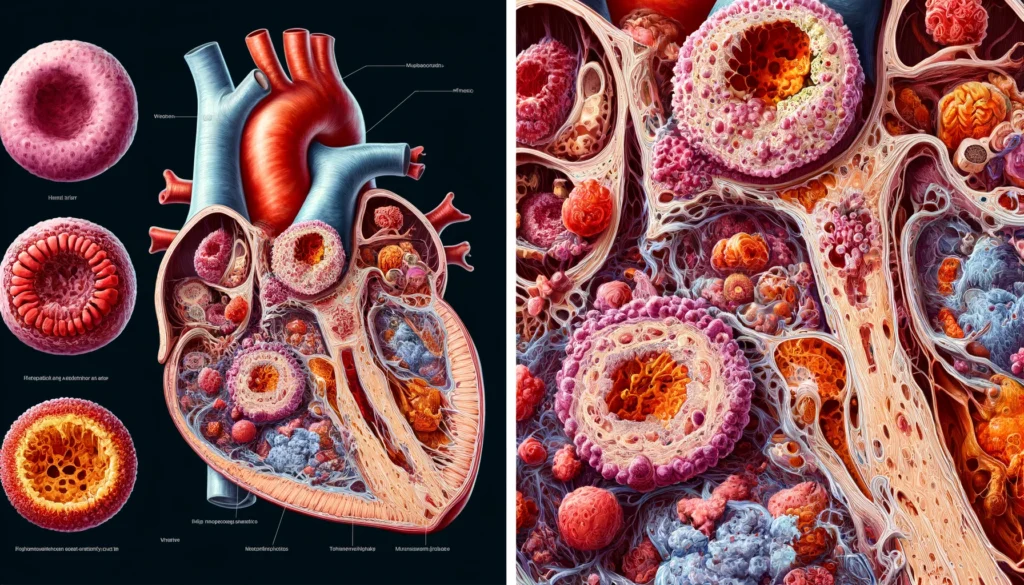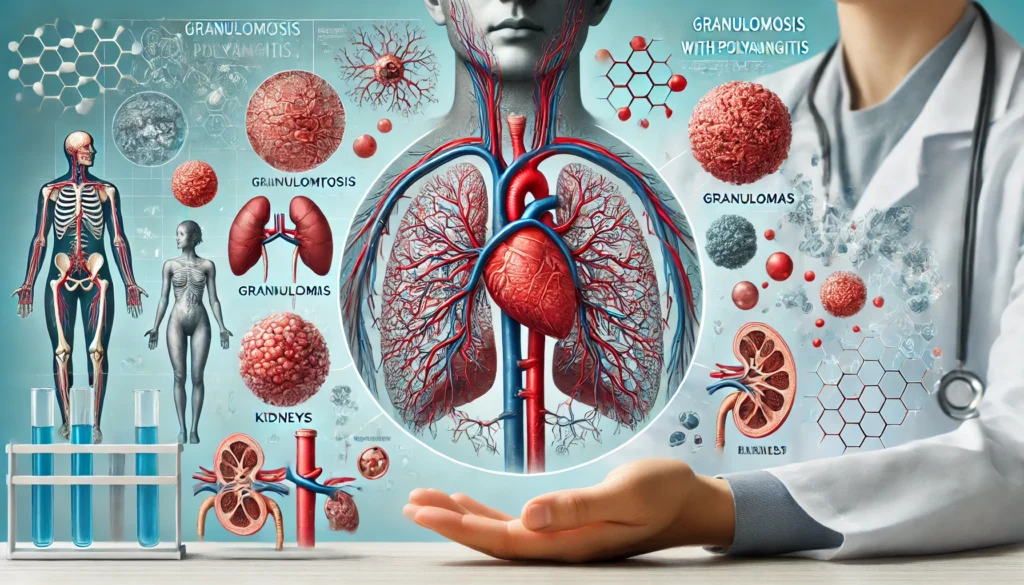Celiac disease: Description, Causes, and Treatment Protocol
Description A harmful immune reaction to gluten, a protein present in barley, wheat, and rye, is the main characteristic of celiac disease, a chronic autoimmune condition. The small intestine’s lining becomes inflamed and damaged as a result of this immune response, which affects how well nutrients are absorbed. While following a gluten-free diet is the […]
Celiac disease: Description, Causes, and Treatment Protocol Read More »

